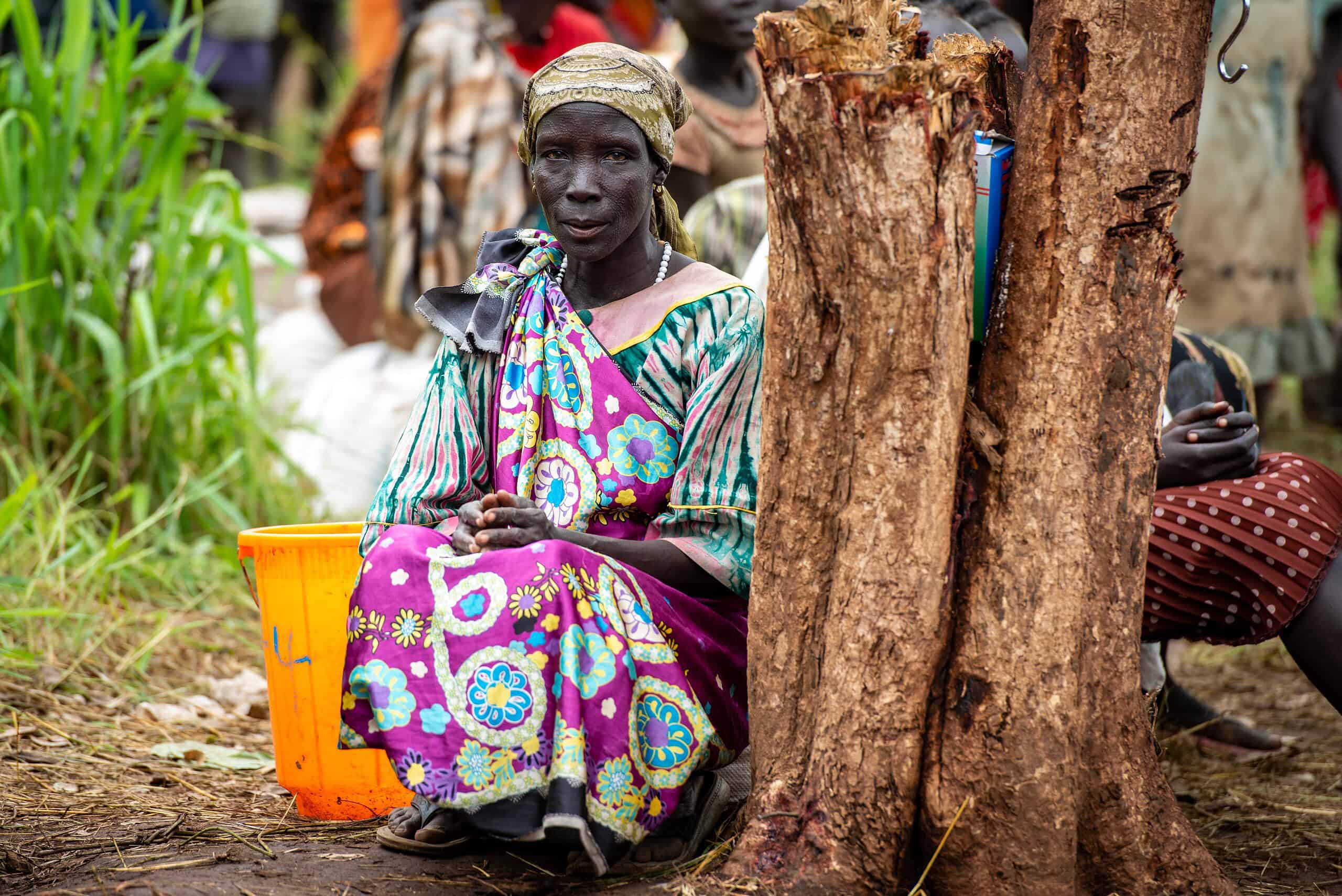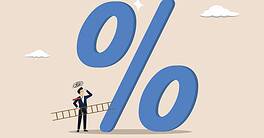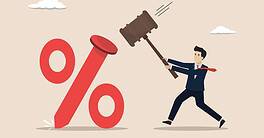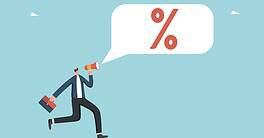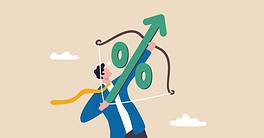The world’s poorest countries suffer from civil wars, ethnic and sectarian strife. COVID-19, soaring inflation and cuts to international aid made their bad situations worse.
The world has enough wealth and resources to guarantee a decent standard of living for all of humanity. Yet, people in countries like South Sudan, Burundi and the Central African Republic continue to live in desperate poverty. For other likely contenders for the undesirable title of the world’s poorest country—Afghanistan, Syria and Eritrea, for instance—years of political instability and conflict make it impossible to even attempt an assessment due to the lack of reliable economic figures.
So, how do we determine the poorest countries in the world? While GDP per capita is often considered the standard metric, compensating for differences in living costs and rates of inflation by using purchasing power parity (PPP) can better assess an individual’s buying power in any given country.
It is hard to pinpoint a single cause for long-term poverty. Corrupt governments can make a very rich nation into a poor one. And so can a history of exploitative colonization, weak rule of law, war and social unrest, severe climate conditions or hostile, aggressive neighbors. Weaknesses compound: A country in debt will not be able to afford good schools, and a poorly educated workforce will undermine future potential.
Underprivileged households worldwide suffered the severest social and economic consequences of the coronavirus pandemic. In the world’s poorest nations, where high levels of informal employment are also prevalent, there were no social safety nets or temporary loans to keep businesses open and workers employed. The World Bank has forecasted that in low and middle-income countries, the current generation of students could lose up to 10% of their future average annual income.
Before Covid-19, the share of the world’s population living in extreme poverty had fallen below 10%, down from more than 35% in 1990. The pandemic not only halted this progress but reversed it. Between the onset of the global health emergency and the end of 2022, the World Bank estimated that approximately 200 million more individuals had likely entered the ranks of the extremely poor.
Then came global inflation, the war in Ukraine disrupted supply chains and food markets, and many developed nations began curbing their foreign aid budgets. The dissolution of the United States Agency for International Development (USAID) by the Trump administration alone, as estimated by the medical journal The Lancet, could result in 14 million preventable deaths by 2030 if current funding cuts persist. USAID programs have saved over 91 million lives over the past two decades.
The IMF has highlighted that the gap between poor nations and wealthy ones is widening, not narrowing. It used to be believed that, as a result of lower-income nations generally improving their living standards faster than mature economies, the progressive economic convergence of richer and poorer countries would ultimately take place. Old and new elements are contributing to the trend reversal: conflicts, high levels of debt, climate change, trade disruptions and tariff pressures, but also uneven access to AI and automation technologies, which could create new forms of inequality.
The numbers are striking: in the 10 richest countries in the world the average yearly per-capita purchasing power is over $118,000, in the 10 poorest it is about $1,600. Poverty often tends to perpetuate itself, making it increasingly difficult for the most vulnerable nations to escape hardship. Declining economic prospects combined with high interest rates threaten debt sustainability, worsening living standards exacerbate social tensions, and expectations of weaker growth can discourage investment in capital and technology—the grip of poverty is very hard to escape.
Top 10 Poorest Countries in the World
10. Madagascar 🇲🇬
Current International Dollars: 2.043.02
Since becoming independent from France in 1960, Madagascar has experienced bouts of political instability, violent coups and disputed elections. Coming into power in 2019, then re-elected in 2023, president Andry Rajoelina promised to tackle corruption, reduce poverty, and develop the economy. Mostly, those turned out to be just that: promises. Madagascar still holds one of the highest poverty rates in the world at about 75%, growth is sluggish, and inflation currently stands at over 8%.
To be fair, the country was also confronted with all the difficult challenges that we have already mentioned: the pandemic, the fallout from the Russian full-scale invasion of Ukraine, global inflationary pressures, trade problems. In addition, Madagascar ranks among the top 10 countries globally most vulnerable to climate hazards, with drought, floods and cyclones resulting in deaths and population displacement, and damage to homes, infrastructures and crops.
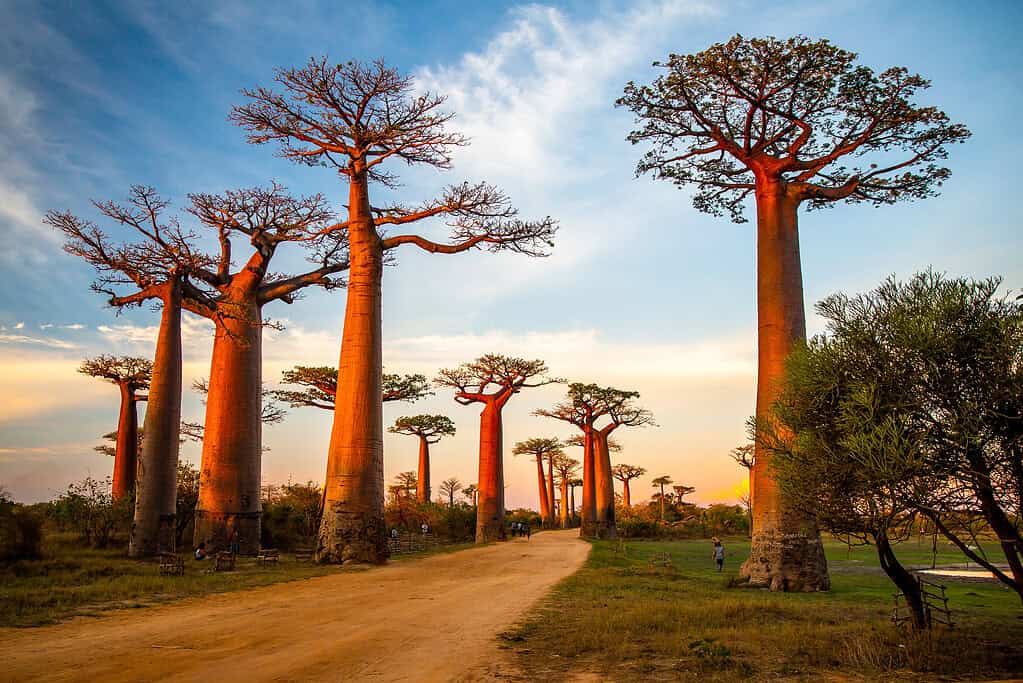
9. Liberia 🇱🇷
Current International Dollars: 2,005.76
Africa’s oldest republic has ranked amongst the poorest countries in the world for many years. Expectations were high when the former football star George Weah became president in 2018. His years in office were instead marred by high inflation, unemployment and negative economic growth, until in 2023 he was defeated by opposition leader and former vice-president Joseph Boakai in a new round of elections. Boakai might have it easier than Weah: after contracting in 2020 and 2021, growth restarted in 2022, and it is now projected to stay above 5% this year and the next. Liberia’s poverty rate, according to the World Bank, also decreased— from 40.9% in 2022, to 26.4% last year.
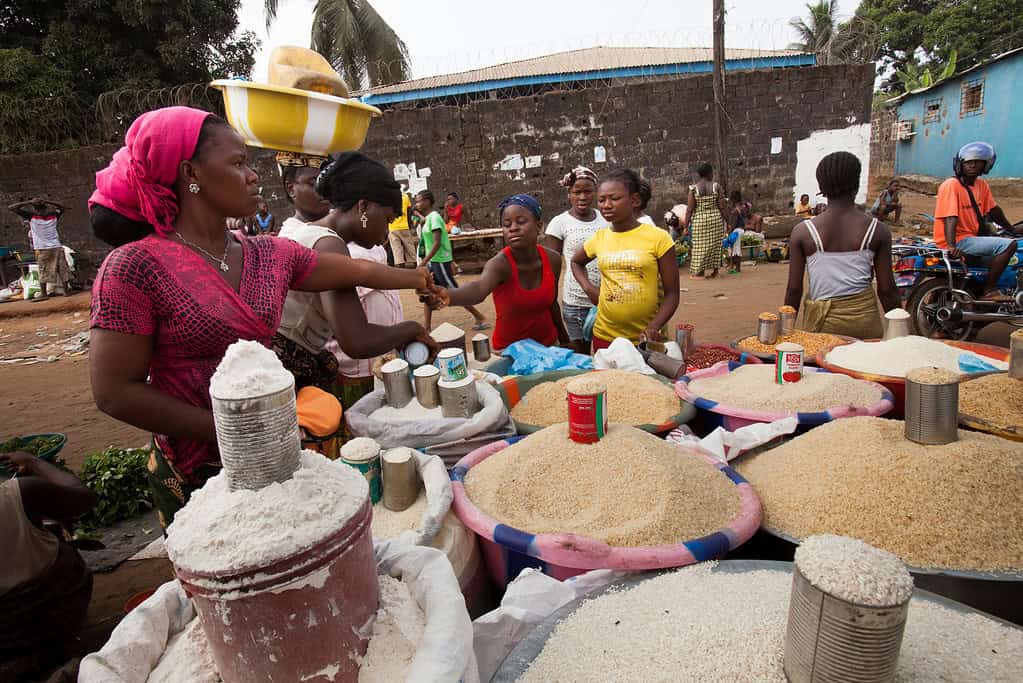
8. Somalia 🇸🇴
Current International Dollars: 1,915.71
In recent years, this country of 17 million in the Horn of Africa has made tremendous progress amid extraordinary challenges. Despite the pandemic, a rapid succession of severe floods and droughts, a historic infestation of locusts, and Islamist insurgent groups trying to overthrow the central government, Somalia has managed to advance key structural reforms and make strides in regional trade cooperation. Still, Somalia remains extremely fragile, with close to 70% of the population living below the international poverty line of $2.17 per person per day.
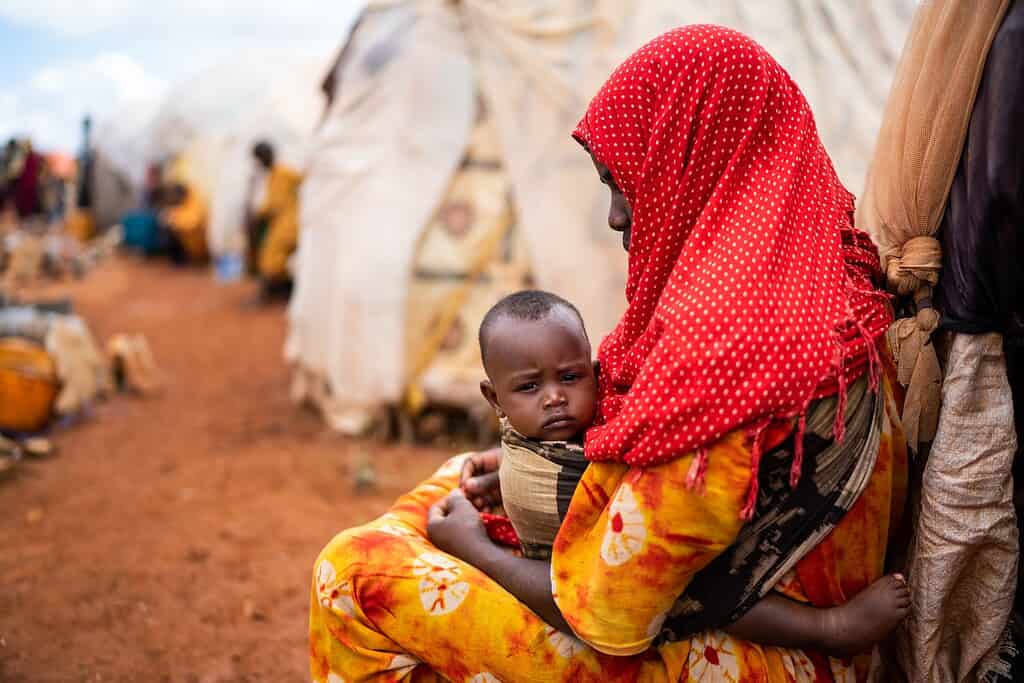
7. Democratic Republic of the Congo (DRC) 🇨🇩
Current International Dollars: 1,884.15
Since gaining independence from Belgium in 1960, the DRC has suffered decades of rapacious dictatorship, political instability and constant violence, making it a regular in our rankings of the world’s poorest countries. Since gaining independence from Belgium in 1960, the Democratic Republic of the Congo (DRC) has endured decades of rapacious dictatorship, political instability and persistent violence—earning it a regular place among the world’s poorest countries. Inadequate transport, energy and communication infrastructure continue to constrain economic growth, while widespread corruption erodes public trust and hampers the efficient use of the country’s abundant resources. Plenty of resources: vast mineral reserves, expansive forests, immense hydropower potential and fertile agricultural land.
The DRC, the World Bank says, holds the potential to become one of Africa’s wealthiest nations and a key engine of growth for the entire continent. To illustrate the strength of that claim: the DRC is already the world’s largest producer of cobalt and Africa’s leading source of copper—materials that are essential for the global electric vehicle industry.
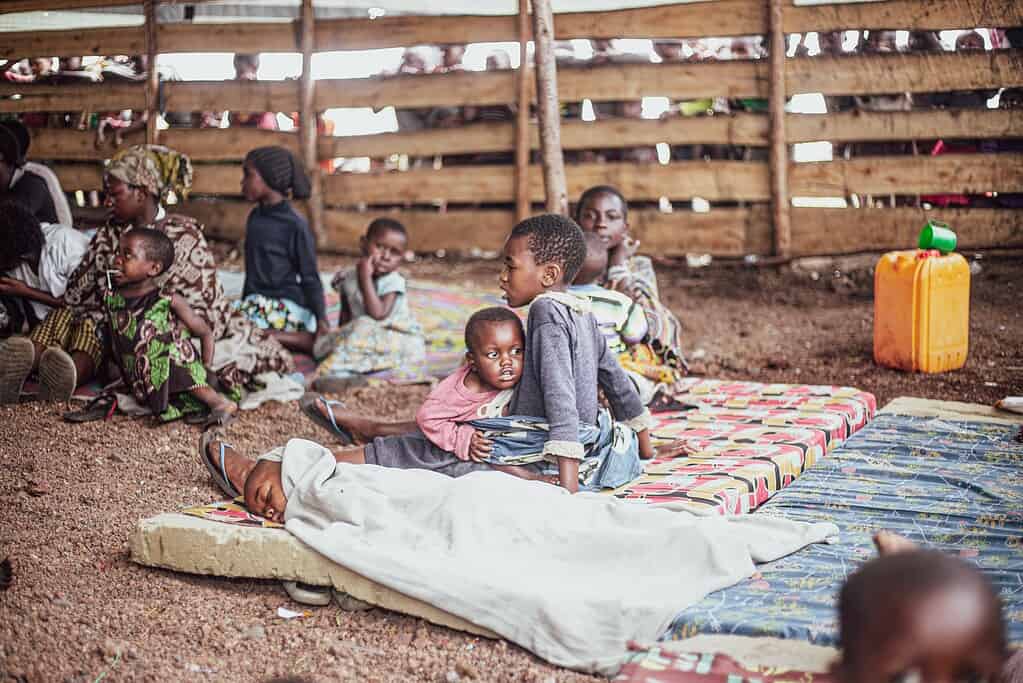
6. Malawi 🇲🇼
Current International Dollars: 1,777.95
One of Africa’s smallest nations, Malawi’s economy—largely dependent upon rain-fed crops—remains vulnerable to weather-related shocks. Food insecurity in rural parts is extremely high.
Malawi has enjoyed stable governments since it gained independence from Britain in 1964. However, in 2020, the constitutional court annulled former president Peter Mutharika’s win in the general elections, citing vote tampering. Theologian and politician Lazarus Chakwera, who was sworn in his place, declared that he wanted to provide the kind of leadership that makes everybody prosper, but structural changes have been slow to materialize. Today, Malawi is grappling with an economic crisis that compounds high inflation (over 32% last year and over 24% this year), a sharp devaluation of the currency, escalating public and external debt, and severe food insecurity affecting large swaths of the country’s 24 million people.
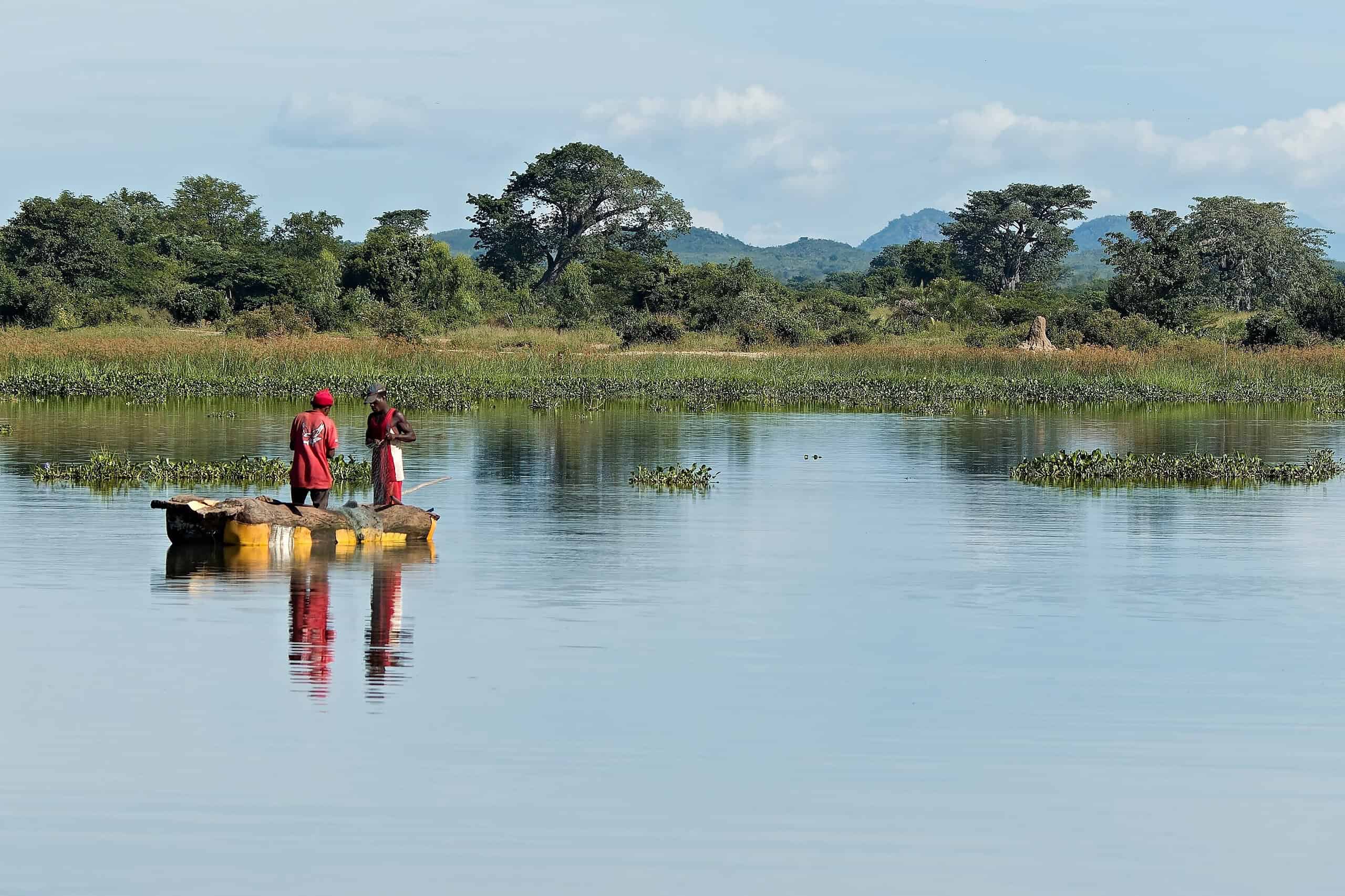
5. Mozambique 🇲🇿
Current International Dollars: 1,728.85
Rich in resources and strategically located, this former Portuguese colony has often posted average GDP growth rates of more than 7% in the past decade. Yet it remains mired among the ten poorest countries in the world, with severe climate conditions and political instability being some of the main culprits. To make things worse, since 2017, attacks carried out by Islamic insurgent groups have plagued the gas-rich northern part of the country. Not only that, the disputed October 2024 elections led to violence and protests disrupting business operations, and adverse climatic conditions impacted the agricultural output, leading to increased food prices and inflationary pressures. In 2023, the economy grew by over 5%; last year, it dropped to 1.8%; and in 2025, it is projected to expand by about 2.5%—all in all, far less than what was forecasted just a few years ago.
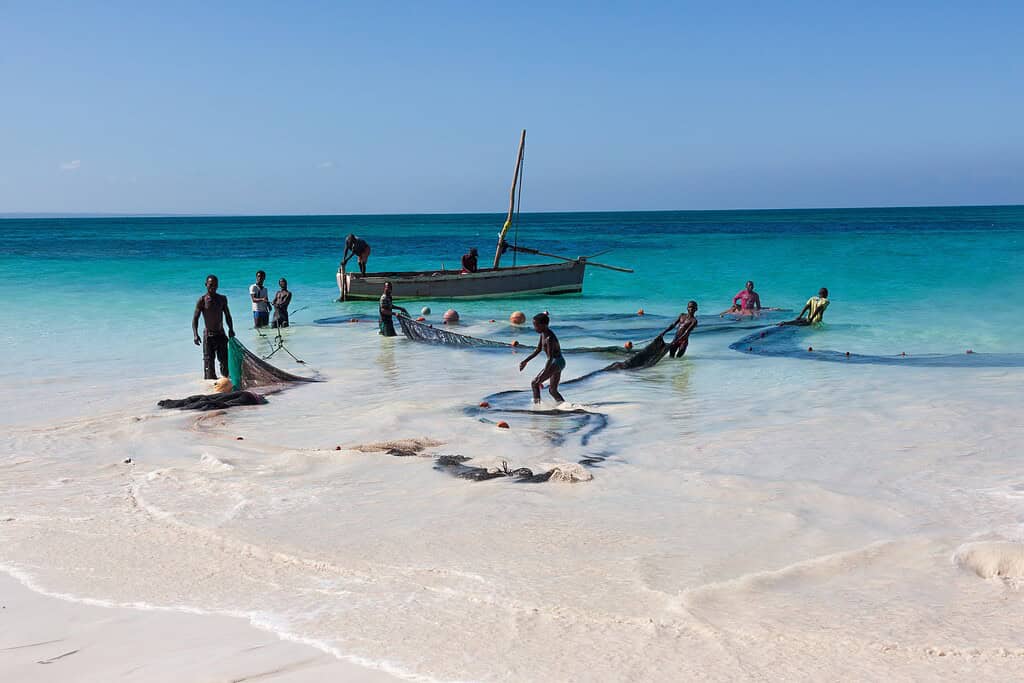
4. Yemen 🇾🇪
Current International Dollars: 1,674.74
This country of roughly 35 million, one of the most impoverished on the Arabian Peninsula, has been embroiled in conflict since late 2014 as a result of the power struggle between the Saudi-backed government and the rebel Houthi movement. The war has claimed the lives of more than 150,000 people, shattered the economy and destroyed critical infrastructure.
Despite intermittent peace talks, Yemen’s economic situation remains bleak. Oil exports have collapsed, fiscal revenues have plunged by over 30%, and food insecurity has reached historic levels, with more than half of Yemenis in southern regions facing acute hunger.
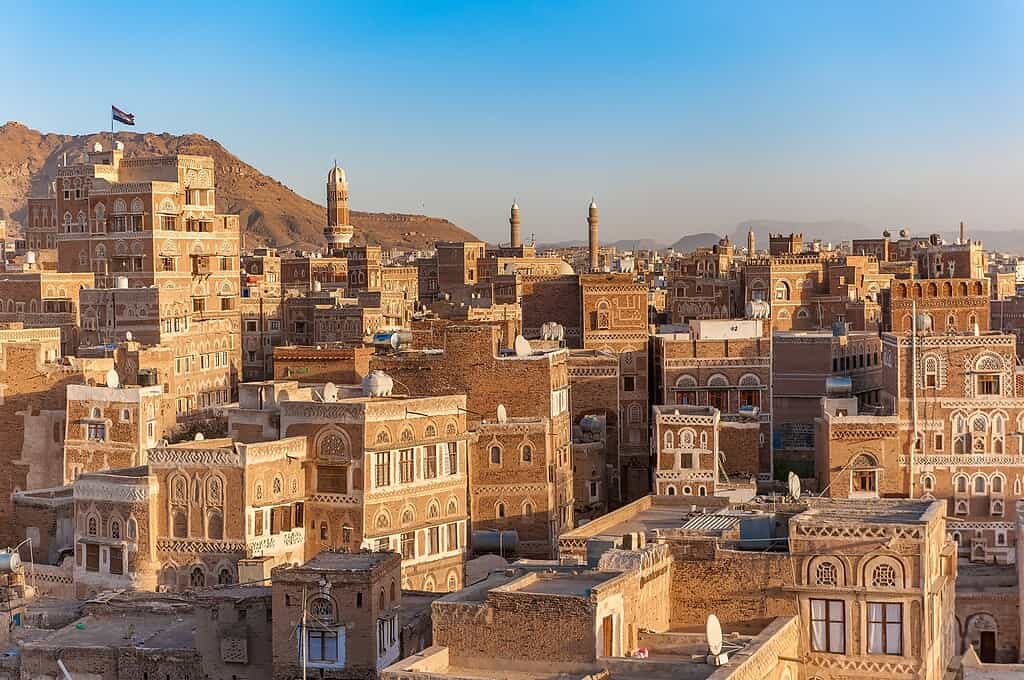
3. Central African Republic (CAR) 🇨🇫
Current International Dollars: 1,329.96
Rich in gold, oil, uranium and diamonds, the Central African Republic is a very wealthy country inhabited by a few very rich individuals and many more very poor ones. With a population of about 5.2 million people, it has hardly ever experienced sustained economic growth, and has ranked among the world’s poorest countries since its independence from France in 1960.
In 2016, the Central African Republic democratically elected a new president: former mathematics professor and prime minister Faustin Archange Touadéra, who campaigned as a peacemaker capable of bridging the divide between the Muslim minority and the Christian majority.
Yet, while his election marked a significant step toward national reconstruction, large swaths of the country remain under the control of anti-government and militia groups. Despite these challenges and other setbacks, in recent years growth has moderately picked up, driven by the timber industry, a revival of agriculture, and a partial resumption of diamond exports.
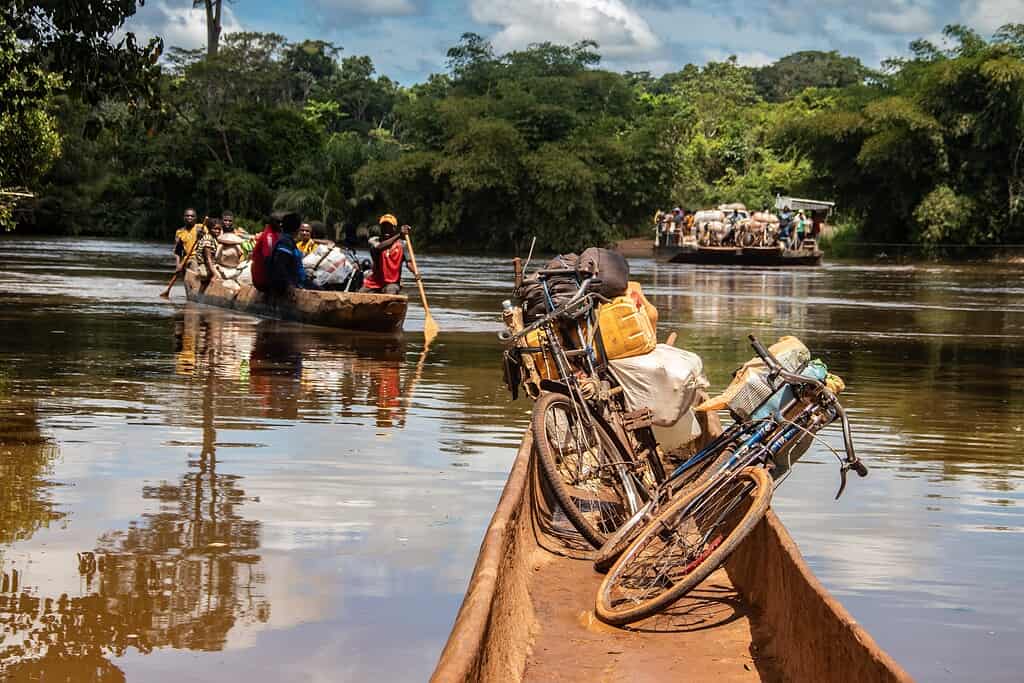
2. Burundi 🇧🇮
Current International Dollars: 1,015.17
Tiny landlocked Burundi lacks natural resources and has been scarred by a civil war lasting from 1993 to 2005, whose aftermath is still a contributing factor to its ranking of the second-poorest country in the world. With approximately 80% of Burundi’s roughly 13.7 million citizens relying on subsistence agriculture, food insecurity is almost twice as high as the average for sub-Saharan African countries. Furthermore, access to water and sanitation remains very low and less than 5% of the population has electricity.
Elected in 2020, president Évariste Ndayishimiye has made efforts to relaunch the economy, modernize the country’s infrastructure, and engage in diplomatic and regional integration initiatives. Unfortunately, while growth has moderately picked up, inflation is projected this year to reach almost 40%.
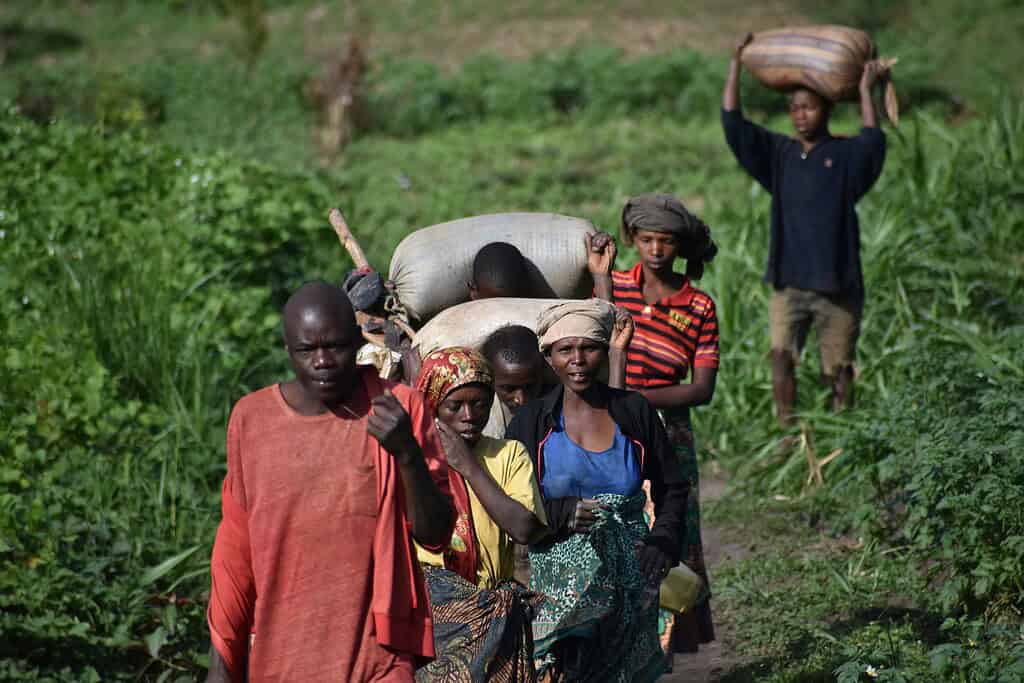
1. South Sudan 🇸🇸
Current International Dollars: 716.249
The very poorest of the world’s poorest countries, South Sudan has been wracked by violence since its creation in 2011. Rich in oil reserves, the landlocked state of about 15.5 million represents a textbook example of the “resource curse,” whereby abundance fosters political and social divisions, inequality, corruption and warfare. The majority of the population is employed in traditional agriculture, although violence and extreme climate events often prevent farmers from planting or harvesting crops.
Inflation reached 128% last year and is forecasted to be 65% this year. Oil exports, which account for about 90% of government revenue, have been severely impacted by disruptions in pipeline infrastructure and internal conflicts. Corruption remains pervasive. The World Bank has projected that, by the end of the year, nearly the entire population will live below the poverty line.
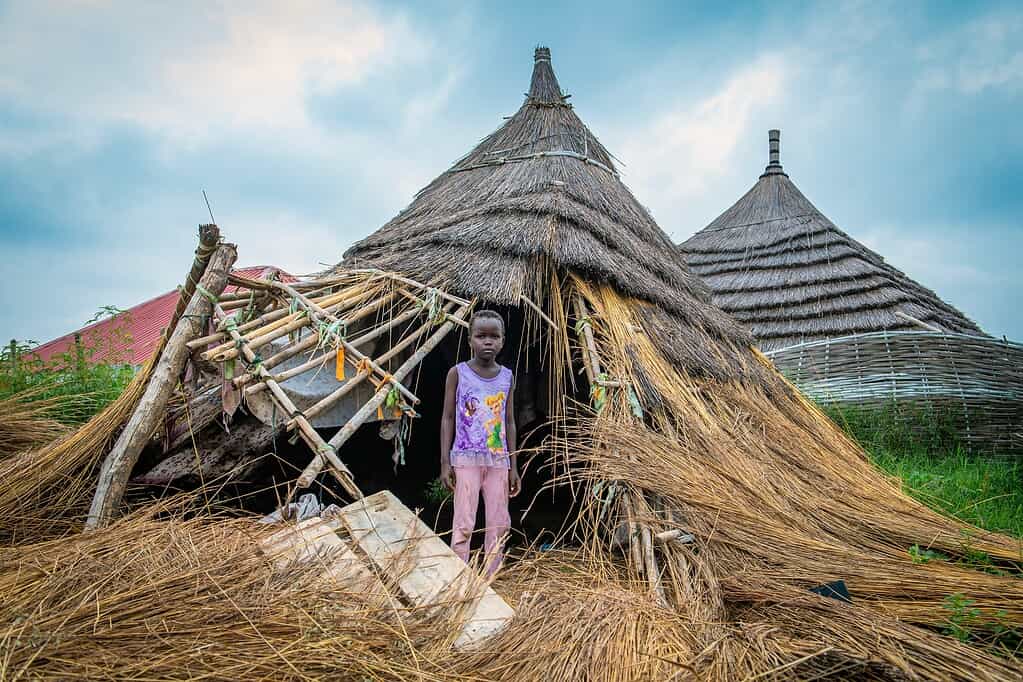
World’s Poorest Countries 2025
| Rank | Country/Territory | GDP-PPP per capita ($) |
| 1 | South Sudan | 716.249 |
| 2 | Burundi | 1,015.17 |
| 3 | Central African Republic | 1,329.96 |
| 4 | Yemen | 1,674.74 |
| 5 | Mozambique | 1,728.85 |
| 6 | Malawi | 1,777.95 |
| 7 | Democratic Republic of the Congo | 1,884.15 |
| 8 | Somalia | 1,915.71 |
| 9 | Liberia | 2,005.76 |
| 10 | Madagascar | 2,043.02 |
| 11 | Niger | 2,095.57 |
| 12 | Sudan | 2,335.93 |
| 13 | Solomon Islands | 2,713.25 |
| 14 | Mali | 2,934.12 |
| 15 | Burkina Faso | 2,978.14 |
| 16 | Vanuatu | 2,986.14 |
| 17 | Chad | 2,987.88 |
| 18 | Haiti | 3,042.00 |
| 19 | Guinea-Bissau | 3,278.64 |
| 20 | Lesotho | 3,383.68 |
| 21 | Togo | 3,473.20 |
| 22 | Sierra Leone | 3,549.66 |
| 23 | The Gambia | 3,687.67 |
| 24 | Kiribati | 3,707.10 |
| 25 | Papua New Guinea | 3,757.17 |
| 26 | Uganda | 3,896.33 |
| 27 | Comoros | 4,018.23 |
| 28 | Rwanda | 4,103.71 |
| 29 | Tanzania | 4,370.56 |
| 30 | Ethiopia | 4,397.78 |
| 31 | Zambia | 4,521.85 |
| 32 | Guinea | 4,749.27 |
| 33 | Micronesia | 4,768.25 |
| 34 | Benin | 4,788.48 |
| 35 | Timor-Leste | 4,915.98 |
| 36 | Zimbabwe | 5,407.36 |
| 37 | Senegal | 5,498.78 |
| 38 | Nepal | 5,715.25 |
| 39 | Cameroon | 5,759.72 |
| 40 | Myanmar | 5,923.89 |
| 41 | Tajikistan | 6,047.67 |
| 42 | São Tomé and Príncipe | 6,422.47 |
| 43 | Republic of Congo | 6,592.97 |
| 44 | Nigeria | 6,792.40 |
| 45 | Pakistan | 6,950.55 |
| 46 | Tuvalu | 7,005.45 |
| 47 | Kenya | 7,534.00 |
| 48 | Samoa | 7,621.02 |
| 49 | Marshall Islands | 7,695.60 |
| 50 | Honduras | 7,927.31 |
| 51 | Tonga | 8,091.10 |
| 52 | Côte d’Ivoire | 8,111.03 |
| 53 | Venezuela | 8,397.17 |
| 54 | Ghana | 8,416.50 |
| 55 | Cambodia | 8,646.37 |
| 56 | Mauritania | 8,653.98 |
| 57 | Kyrgyz Republic | 8,780.52 |
| 58 | Nicaragua | 9,106.61 |
| 59 | Djibouti | 9,414.60 |
| 60 | Lao P.D.R. | 10,124.67 |
| 61 | Angola | 10,233.73 |
| 62 | Bangladesh | 10,265.13 |
| 63 | Nauru | 11,148.59 |
| 64 | Morocco | 11,266.20 |
| 65 | Jordan | 11,508.13 |
| 66 | Bolivia | 11,574.10 |
| 67 | India | 12,131.84 |
| 68 | Cabo Verde | 12,254.67 |
| 69 | Namibia | 12,372.99 |
| 70 | Uzbekistan | 12,462.38 |
| 71 | Jamaica | 12,596.68 |
| 72 | Philippines | 12,934.64 |
| 73 | Eswatini | 13,733.51 |
| 74 | El Salvador | 13,746.21 |
| 75 | Tunisia | 14,778.87 |
| 76 | Iraq | 15,177.83 |
| 77 | Guatemala | 15,633.57 |
| 78 | Belize | 15,981.77 |
| 79 | South Africa | 15,988.72 |
| 80 | Ecuador | 16,577.99 |
| 81 | Fiji | 16,866.95 |
| 82 | Vietnam | 17,484.19 |
| 83 | Indonesia | 17,611.82 |
| 84 | Bhutan | 17,735.09 |
| 85 | Libya | 17,757.59 |
| 86 | Palau | 18,344.33 |
| 87 | Algeria | 18,525.02 |
| 88 | Peru | 18,688.51 |
| 89 | Botswana | 19,165.74 |
| 90 | Paraguay | 19,571.31 |
| 91 | Dominica | 19,583.52 |
| 92 | Moldova | 19,678.00 |
| 93 | Islamic Republic of Iran | 19,957.43 |
| 94 | Equatorial Guinea | 20,165.07 |
| 95 | Kosovo | 20,383.31 |
| 96 | Mongolia | 20,448.43 |
| 97 | Ukraine | 20,998.83 |
| 98 | St. Vincent and the Grenadines | 21,297.74 |
| 99 | Egypt | 21,667.69 |
| 100 | Grenada | 21,672.16 |
| 101 | Colombia | 22,421.03 |
| 102 | Suriname | 22,438.56 |
| 103 | Bosnia and Herzegovina | 22,830.75 |
| 104 | Brazil | 23,238.09 |
| 105 | Barbados | 23,268.80 |
| 106 | Albania | 23,404.66 |
| 107 | Gabon | 24,908.24 |
| 108 | Armenia | 25,059.91 |
| 109 | Mexico | 25,462.86 |
| 110 | Azerbaijan | 26,235.04 |
| 111 | Thailand | 26,322.86 |
| 112 | Turkmenistan | 27,872.80 |
| 113 | St. Lucia | 28,840.45 |
| 114 | China | 28,978.03 |
| 115 | North Macedonia | 29,474.60 |
| 116 | Georgia | 30,749.50 |
| 117 | Dominican Republic | 30,874.49 |
| 118 | Argentina | 31,379.49 |
| 119 | Costa Rica | 31,462.66 |
| 120 | Antigua and Barbuda | 31,780.62 |
| 121 | Mauritius | 32,910.82 |
| 122 | Serbia | 33,114.05 |
| 123 | Montenegro | 33,619.80 |
| 124 | St. Kitts and Nevis | 34,001.80 |
| 125 | Belarus | 34,312.69 |
| 126 | Chile | 35,146.05 |
| 127 | Trinidad and Tobago | 36,017.52 |
| 128 | Maldives | 36,584.59 |
| 129 | Uruguay | 37,060.03 |
| 130 | The Bahamas | 38,829.27 |
| 131 | Bulgaria | 41,901.15 |
| 132 | Seychelles | 42,009.46 |
| 133 | Oman | 42,014.51 |
| 134 | Türkiye | 42,450.64 |
| 135 | Malaysia | 43,473.16 |
| 136 | Panama | 43,839.19 |
| 137 | Kazakhstan | 44,445.67 |
| 138 | Latvia | 44,563.44 |
| 139 | Greece | 45,047.53 |
| 140 | Slovak Republic | 47,425.38 |
| 141 | Hungary | 48,600.28 |
| 142 | Romania | 49,212.72 |
| 143 | Russia | 49,382.88 |
| 144 | Estonia | 49,671.08 |
| 145 | Portugal | 50,037.19 |
| 146 | Puerto Rico | 50,772.35 |
| 147 | Aruba | 50,895.64 |
| 148 | Kuwait | 50,961.46 |
| 149 | Croatia | 51,441.90 |
| 150 | Japan | 54,677.12 |
| 151 | Poland | 55,185.59 |
| 152 | New Zealand | 55,450.39 |
| 153 | Israel | 56,435.71 |
| 154 | Spain | 56,554.84 |
| 155 | Lithuania | 57,195.66 |
| 156 | Slovenia | 57,984.88 |
| 157 | Czech Republic | 59,368.14 |
| 158 | Saudi Arabia | 61,922.82 |
| 159 | Italy | 63,075.55 |
| 160 | United Kingdom | 63,660.65 |
| 161 | Cyprus | 65,088.33 |
| 162 | South Korea | 65,111.90 |
| 163 | France | 65,625.57 |
| 164 | Canada | 65,706.53 |
| 165 | Finland | 66,496.39 |
| 166 | Bahrain | 67,794.59 |
| 167 | Andorra | 72,059.15 |
| 168 | Australia | 72,137.53 |
| 169 | Germany | 72,599.01 |
| 170 | Austria | 74,371.98 |
| 171 | Sweden | 74,902.02 |
| 172 | Belgium | 75,845.78 |
| 173 | Malta | 76,705.14 |
| 174 | Hong Kong SAR | 77,942.14 |
| 175 | Iceland | 81,215.00 |
| 176 | United Arab Emirates | 81,675.95 |
| 177 | San Marino | 83,031.15 |
| 178 | Taiwan | 84,082.04 |
| 179 | Netherlands | 84,565.84 |
| 180 | Denmark | 88,934.01 |
| 181 | United States | 89,105.20 |
| 182 | Guyana | 94,258.28 |
| 183 | Brunei Darussalam | 95,758.15 |
| 184 | Switzerland | 97,581.32 |
| 185 | Norway | 107,891.95 |
| 186 | Qatar | 121,605.13 |
| 187 | Ireland | 133,999.52 |
| 188 | Macao SAR | 134,041.95 |
| 189 | Luxembourg | 152,915.41 |
| 190 | Singapore | 156,755.35 |
| — | Afghanistan Eritrea Lebanon Sri Lanka Syria West Bank and Gaza |
N/A |
Source: International Monetary Fund, World Economic Outlook April 2025. Values are expressed in current international dollars, reflecting the corresponding exchange rates and PPP adjustments.
